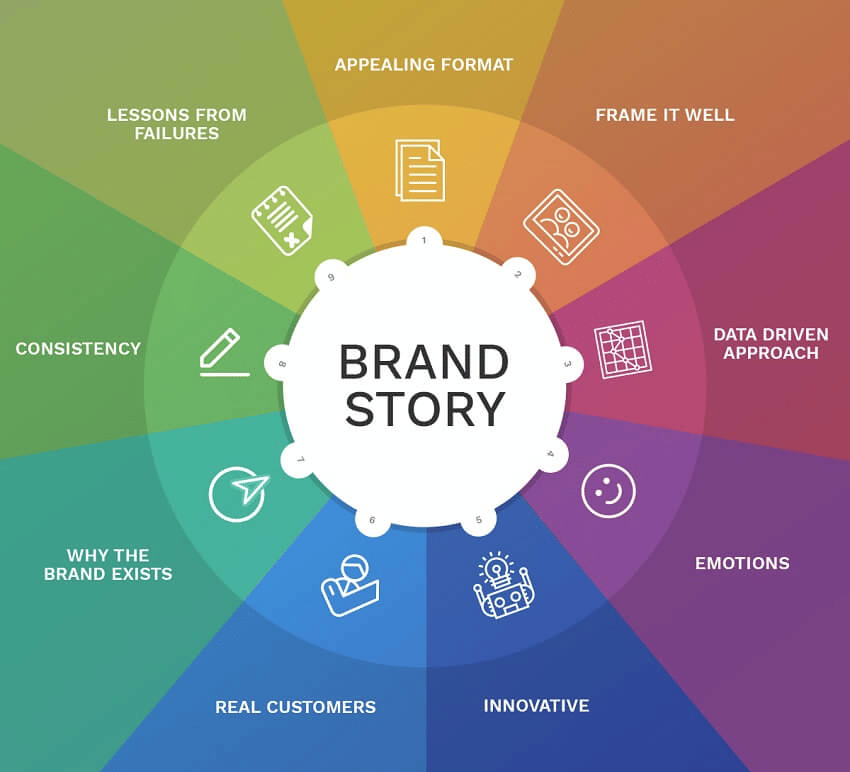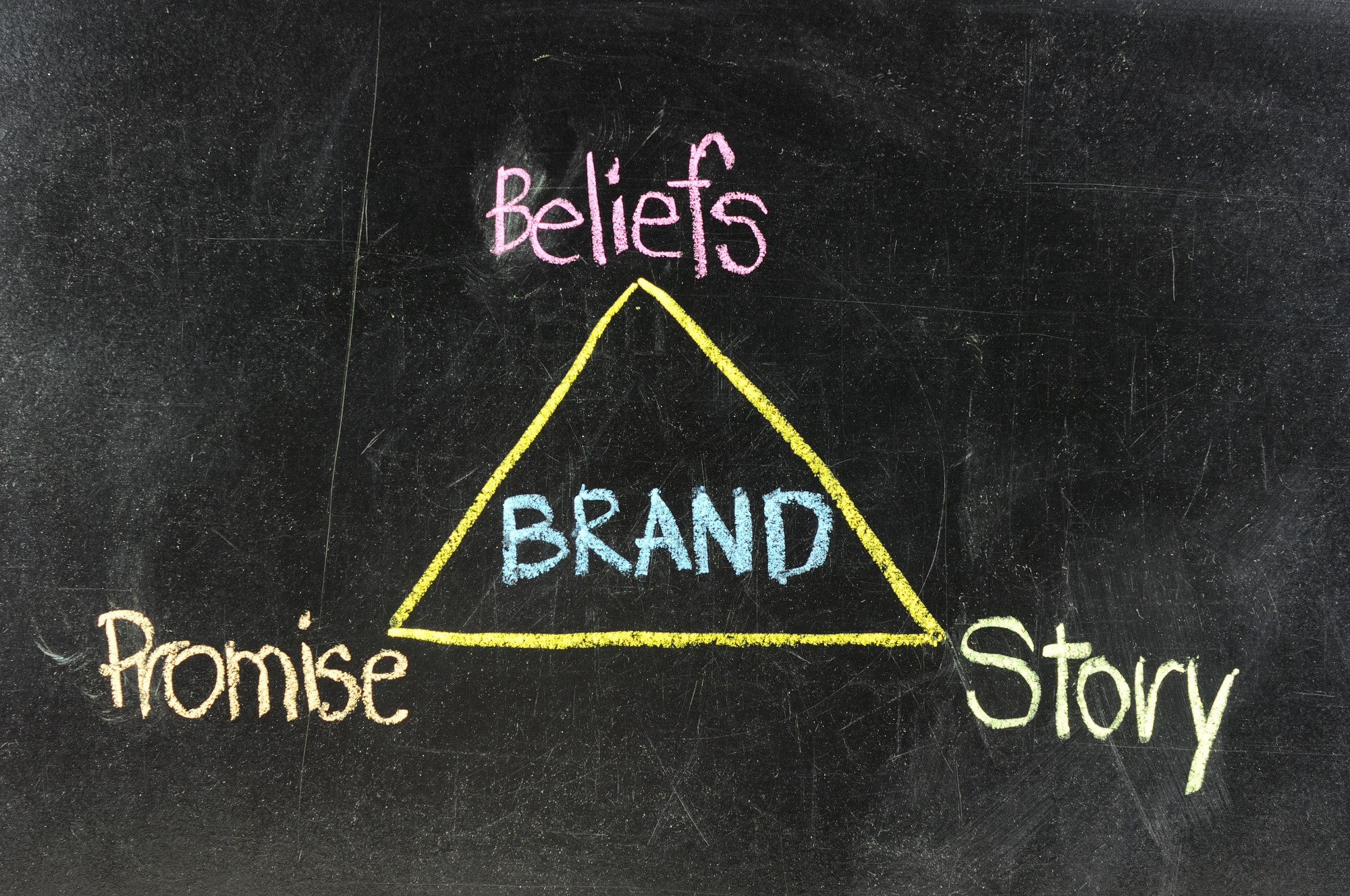Unlocking the Power of "Why": Crafting Compelling Product Narratives for Your Ideal Customer

As an interior design and architecture expert, I understand the power of a well-crafted narrative. Just as a stunning home design tells a story through its form and function, your product’s narrative should captivate your audience and leave them wanting more.
To craft this compelling story, we need to understand your product, your ideal customer, and the "why" behind their purchase.

Here’s a breakdown of the process:
1. Define Your Ideal Customer Persona:
- Who are they? What are their demographics, lifestyle, values, and aspirations? Are they young professionals seeking modern design, families prioritizing functionality, or retirees looking for comfort and accessibility?
- What are their pain points? What challenges do they face in their daily lives? What are their frustrations with existing solutions?
- What are their goals? What are they hoping to achieve with your product? Are they looking to create a more stylish home, save time and money, or improve their overall well-being?


2. Identify Key Features and Benefits:

- Features: What does your product do? This is the "what" of your product. Focus on specific functionalities, technical specifications, and unique capabilities.
- Benefits: What does your product do for the customer? This is the "why" of your product. Translate features into tangible advantages that address your customer’s pain points and help them achieve their goals.


3. Connecting the Dots: Feature-Benefit Mapping

This is where the magic happens. We link your product’s features to the specific benefits they deliver for your ideal customer.
Example:

| Feature | Benefit | Ideal Customer Persona | Why it Matters |
|---|---|---|---|
| Smart Home Integration | Seamless Control and Automation | Busy Professionals | Saves time and energy by automating tasks, allowing them to focus on other priorities. |
| Sustainable Materials | Eco-Friendly Living | Environmentally Conscious Families | Reduces their environmental footprint and promotes a healthier home for their children. |
| Ergonomic Design | Comfort and Support | Retirees | Provides ease of use and prevents strain, allowing them to enjoy their living space comfortably. |
4. Crafting Your Narrative:
Now that you have a clear understanding of your product’s features and benefits, you can start crafting your narrative.
Here are some tips:
- Focus on the "why": Don’t just list features, emphasize the benefits they deliver.
- Use storytelling: Engage your audience with relatable scenarios and personal anecdotes.
- Show, don’t tell: Use visuals, videos, and testimonials to bring your product to life.
- Highlight the "wow factor": What makes your product unique and stand out from the competition?
- Keep it concise and clear: Use simple language and avoid technical jargon.
5. The Power of "Why" in Action: Example Narratives
Scenario 1: Smart Home Integration
Headline: "Unlock a Life of Effortless Convenience with Smart Home Integration"
Narrative: "Imagine waking up to a perfectly brewed cup of coffee, your lights automatically adjusting to the morning light, and your thermostat pre-heating your home before you even step out of bed. With our smart home integration, you can control your entire living space from your phone, creating a personalized and efficient environment that adapts to your needs."
Scenario 2: Sustainable Materials
Headline: "Build a Greener Future, One Sustainable Choice at a Time"
Narrative: "We believe in creating homes that are not only beautiful but also environmentally responsible. Our sustainable materials are sourced ethically and minimize their impact on the planet, allowing you to enjoy a healthier and more sustainable lifestyle. From recycled wood flooring to energy-efficient windows, every detail is designed to make a positive difference."
Scenario 3: Ergonomic Design
Headline: "Live Comfortably and Age Gracefully with Ergonomic Design"
Narrative: "As we age, our needs and priorities change. Our ergonomic design features are thoughtfully crafted to provide comfort and support, ensuring that your home remains a haven of ease and accessibility. From adjustable countertops to grab bars in strategic locations, every detail is designed to make your life easier and more enjoyable."
6. Continuously Iterate and Refine:
The key to successful product marketing is continuous improvement. Track your results, gather customer feedback, and adjust your messaging accordingly.
Remember, your product’s narrative is a powerful tool that can help you connect with your ideal customers and drive sales. By focusing on the "why" and crafting a compelling story, you can unlock the true potential of your product and make a lasting impact on your audience.





